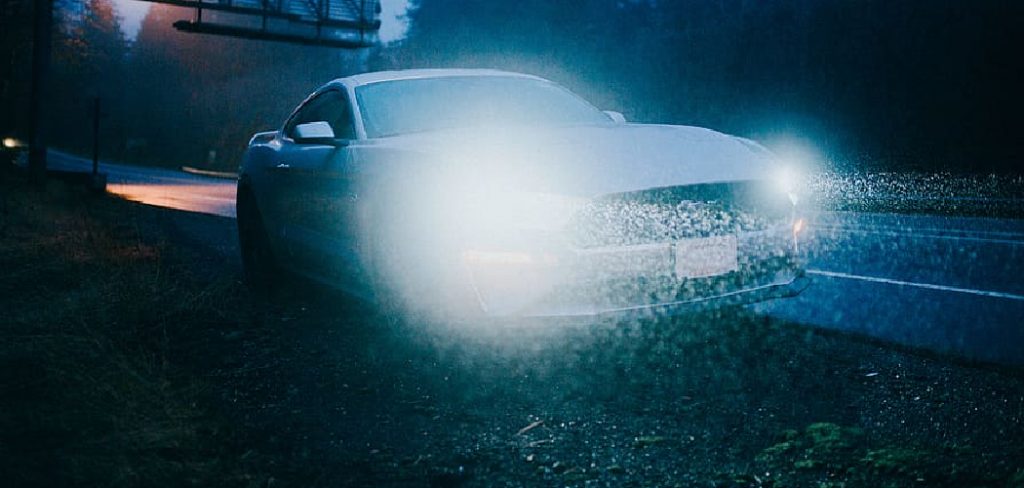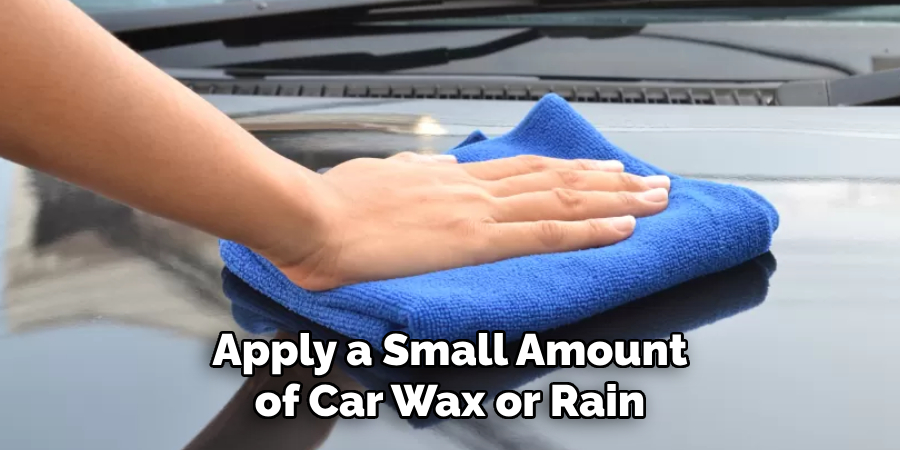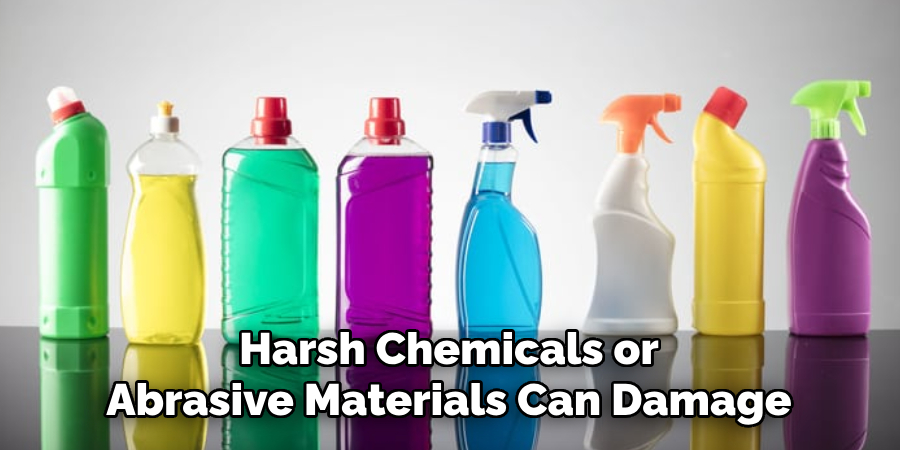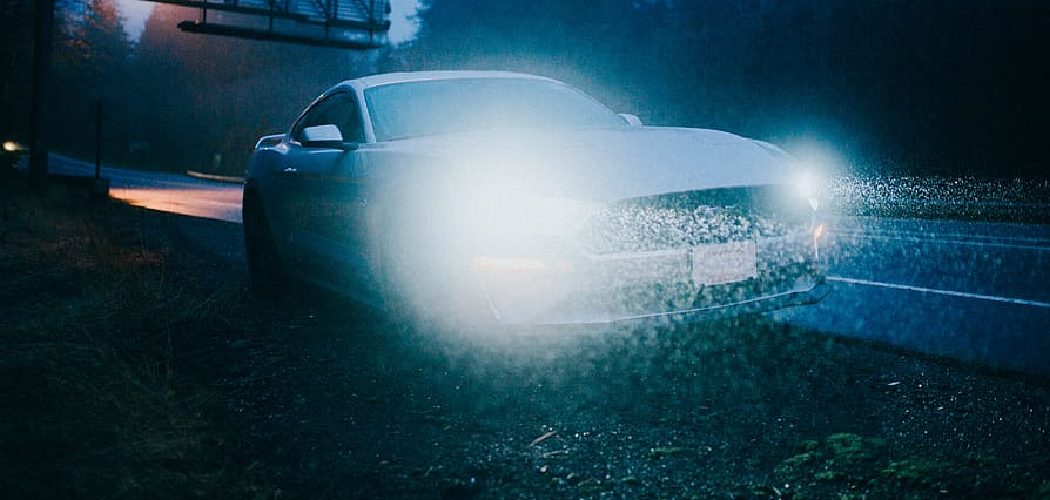Attention all winter warriors and car enthusiasts! As the temperature drops and snow falls, it’s time to start preparing our vehicles for harsh driving conditions. While many of us remember to check tire pressure and stock up on windshield wiper fluid, there is one element that often gets overlooked – our headlights. With LED headlights becoming increasingly popular in modern cars, keeping them clear of snow and ice can be tricky.

But fear not; in this blog post, we will discuss some simple yet effective ways to keep snow off your LEDs so you can have clear visibility while driving through winter wonderlands. So buckle up and get ready to learn how to keep snow off LED headlights during the snowy season!
Necessary Items
First things first, let’s go over the items you will need to protect your LED headlights from snow and ice adequately:
- Soft bristle brush or microfiber cloth
- Rubbing alcohol
- Car wax or rain-repellent spray
- Protective cover (optional)
Now that we have our necessary items, let’s dive into how to keep snow off your LED headlights.
10 Methods on How to Keep Snow Off Led Headlights
Method 1: Brush it Off
A soft bristle brush or microfiber cloth is one of the simplest and most cost-effective ways to keep snow off your LEDs. Gently sweep the snow off your headlights before driving, ensuring that it does not scratch or damage the surface. This method works best if you have just a light dusting of snow on your car.
Method 2: Use Rubbing Alcohol
If your headlights are already covered with a layer of ice, you can use rubbing alcohol to melt it away. Mix equal parts of rubbing alcohol and water in a spray bottle and spray it onto your headlights. The alcohol will quickly dissolve the ice without damaging your LED lights.
Method 3: Apply Car Wax
Like how car wax can protect your car’s exterior from water and dirt, it can also prevent snow and ice from sticking to your LED headlights. Apply a small amount of car wax or rain-repellent spray onto a microfiber cloth and rub it onto your headlights. This will create a barrier that prevents snow and ice from adhering to the surface.

Method 4: Use a Protective Cover
For those who live in areas with heavy snowfall, investing in a protective cover for your car can be a game-changer. These covers are designed to fit snugly over your car and protect it from the elements, including snow and ice. Simply remove the cover before driving, and you will always have clear headlights.
Method 5: Clear Your Headlights Before Driving
Before you set off on your winter drive, clear all the snow and ice from your headlights. This will ensure better visibility and prevent any moisture build-up that can cause foggy headlights.
Method 6: Avoid Using Hot Water
While it may be tempting to pour hot water over your frozen LED headlights, this can cause more harm than good. The sudden temperature change can cause the glass to crack or shatter, leaving you with costly repairs. Stick to using rubbing alcohol instead.
Method 7: Park Your Car in a Garage
Park your car in a garage overnight to protect it from snow and ice. This will save you the hassle of clearing off your headlights in the morning and prevent any potential damage.

Method 8: Use a Brush with an Ice Scraper
Investing in a brush with an ice scraper can be a helpful tool for those living in areas with heavy snow and ice. The soft bristles are gentle on LED headlights, while the scraper helps to remove any stubborn ice buildup.
Method 9: Keep Spare Bulbs in Your Car
Despite taking all precautions, accidents can still happen on the road. Make sure to keep spare bulbs in your car if one of your LED headlights gets damaged by snow or ice. This way, you can quickly replace it and safely continue your journey.
Method 10: Regularly Check and Clean Your Headlights
Make it a habit to check and clean your LED headlights regularly. This will not only prevent snow buildup but also ensure your lights function properly. Use a soft cloth and car-safe cleaner to wipe away any dirt or debris on the surface of your headlights.
Winter driving can be challenging, but with the proper knowledge and tools, you can protect your LED headlights from snow and ice. From simple methods like brushing off snow to investing in a protective cover, there are many ways to keep your lights clear and functioning during the snowy season. So remember, always take the time to properly prepare your car for winter weather to ensure safe and enjoyable driving experiences.
8 Things to Avoid When Protecting Your LED Headlights
Now that we know how to protect our LED headlights properly, let’s also go over some common mistakes to avoid:
1. Using Harsh Chemicals or Abrasive Materials on Your Headlights
Only car-safe cleaners and soft materials are essential when cleaning or protecting your LED headlights. Harsh chemicals or abrasive materials can damage the surface of your lights, affecting their performance and lifespan.

2. Scratching the Surface with Incorrect Tools
Avoid using hard-bristled brushes or sharp objects to remove snow or ice from your headlights. These can scratch the surface and cause damage. Stick to using soft-bristled brushes or tools designed specifically for cleaning car headlights.
3. Applying Too Much Pressure
Apply pressure when removing snow or ice from your LED headlights. Applying too much stress can also lead to scratches or damage, especially on delicate LED lights.
4. Using a Heat Source to Melt Ice
As mentioned earlier, using hot water can cause damage to your LED headlights. The same goes for other heat sources, such as blow dryers or heaters. Stick to gentle methods like rubbing alcohol instead.
5. Forgetting to Clear Headlights Before Driving
Always clear off any snow or ice from your headlights before driving. Not only is it dangerous to drive with obscured headlights, but it can also lead to damage if the snow or ice melts and refreezes.
6. Neglecting Regular Maintenance
Just like any other part of your car, regular maintenance is crucial for the longevity and performance of your LED headlights. Regularly check and clean them to ensure they are functioning correctly.

7. Ignoring Warning Signs
If you notice any issues with your headlights, such as reduced brightness or flickering, don’t ignore them. These could be signs of a bigger problem that needs to be addressed immediately.
8. Not Having Spare Bulbs on Hand
As mentioned earlier, having spare bulbs in your car in emergencies is always a good idea. Remember to check and ensure they are the correct type for your LED headlights.
By avoiding these common mistakes, you can ensure your LED headlights stay protected and function properly during winter. Remember always to use gentle methods and regularly maintain your headlights for optimal performance. Stay safe on the road this winter! So next time you face snowy or icy weather, you can confidently hit the road knowing your LED headlights are adequately protected. So, take the necessary precautions and enjoy safe and precise driving all winter!
Frequently Asked Questions
Can I Use Regular Glass Cleaner on My LED Headlights?
No, it’s essential only to use car-safe cleaners on your headlights. Regular glass cleaners can contain harsh chemicals that can damage the surface of your LED lights.
How Often Should I Check and Clean My Headlights?
Checking and cleaning your headlights at least once a month or more frequently if you live in an area with heavy snow and ice is recommended.
Can Snow or Ice Damage My LED Headlights?
Yes, if not adequately protected, snow and ice can cause damage to your headlights. This can include scratches, cracks, or reduced performance. So, taking the necessary precautions to protect your headlights during the winter season is essential.
Are LED Headlights More Susceptible to Snow and Ice Than Regular Headlights?
LED headlights are not more susceptible to snow and ice; however, they may be more expensive to replace if damaged. It’s always important to properly maintain and protect your car’s headlights, regardless of the type. So follow these tips to keep your LED headlights in top condition during winter.
Conclusion
Winter driving can be challenging, but with the proper knowledge and tools, you can easily protect your LED headlights from snow and ice damage. In conclusion, keeping snow off your car’s LED headlights is essential for safety and aesthetics.
We have discussed various methods, such as defrosting sprays, unique covers, and garage parking, to prevent snow buildup on your lights. However, the most critical aspect is being proactive and regularly checking and clearing any snow accumulating on your headlights.
Remember, a few extra minutes of effort can save you from potential accidents on the road. So, next time a winter storm hits, remember to give your LED headlights extra attention! If you found this blog post on how to keep snow off LED headlights helpful, share it with your friends and family, who may also benefit from these tips. Together, we can all keep our roads safer during those chilly winter months. Stay safe and happy driving!

